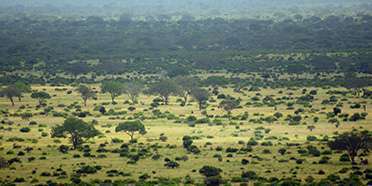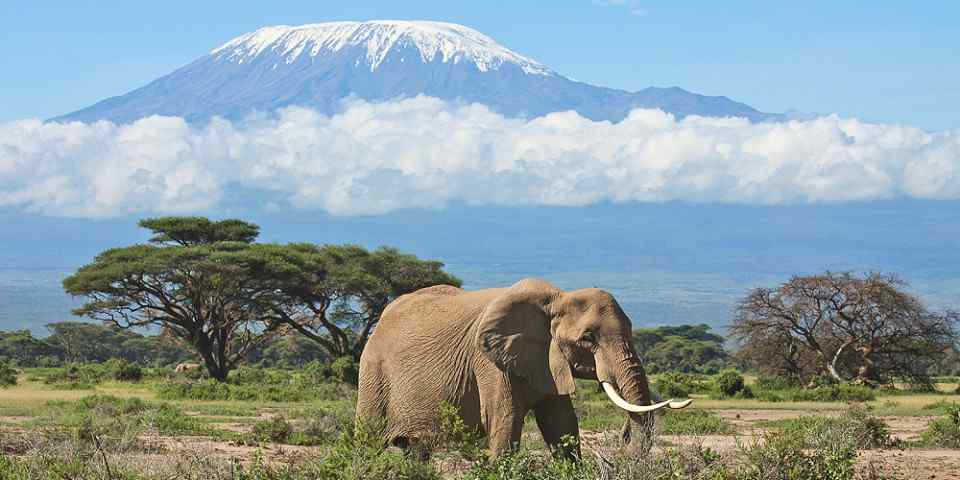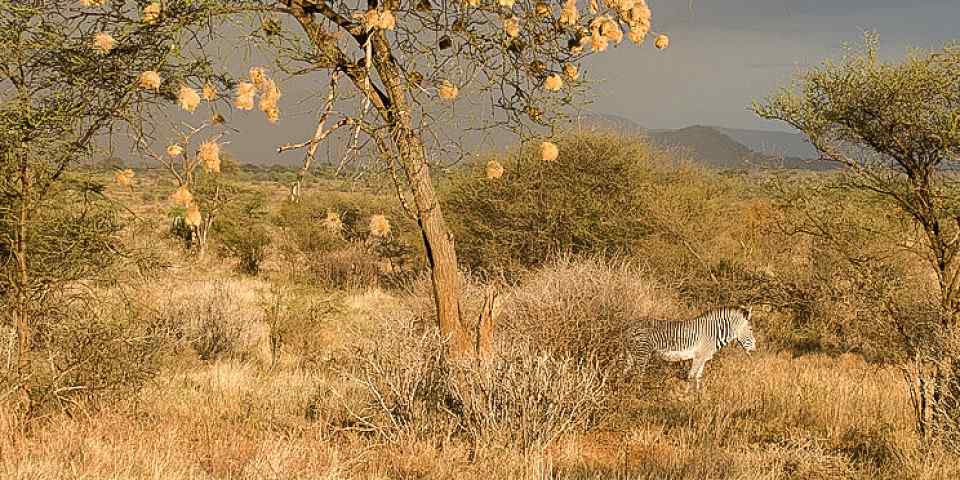
Safari Tours to Tsavo East NP
-
![9-Day Splendid Unforgettable Luxury Kenya Safari]()
9-Day Splendid Unforgettable Luxury Kenya Safari
$4,128 to $4,799 pp (USD)
Kenya: Private tourLuxuryLodge & Tented Camp
You Visit: Nairobi (Start), Tsavo East NP, Amboseli NP, Lake Nakuru NP, Masai Mara NR, Nairobi (End)

Estleon Adventures
5.0/5 – 134 Reviews
-
![10-Day Kenya Midrange Safari]()
10-Day Kenya Midrange Safari
$3,625 to $5,060 pp (USD)
Kenya: Private tour
Mid-range Lodge & Tented CampYou Visit: Nairobi (Start), Amboseli NP, Tsavo West NP, Tsavo East NP, Crescent Island (Lake Naivasha), Masai Mara NR, Nairobi (End)

Dallago Tours Kenya Tanzania
4.7/5 – 44 Reviews
-
![3-Day Amboseli -Tsavo East -Mombasa Midrange Safari]()
3-Day Amboseli -Tsavo East -Mombasa Midrange Safari
$695 pp (USD)
Kenya: Private tourBudgetLodge & Tented Camp
You Visit: Nairobi (Start), Amboseli NP, Tsavo East NP, Mombasa (End)

Bienvenido Kenya Tours and Safaris
4.7/5 – 123 Reviews

 Kenya Parks
Kenya Parks












